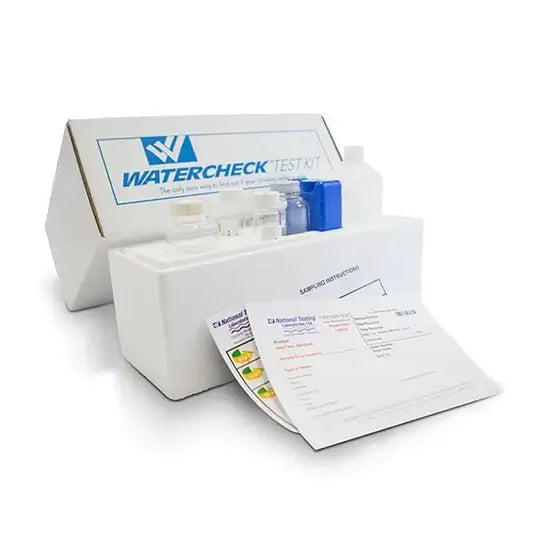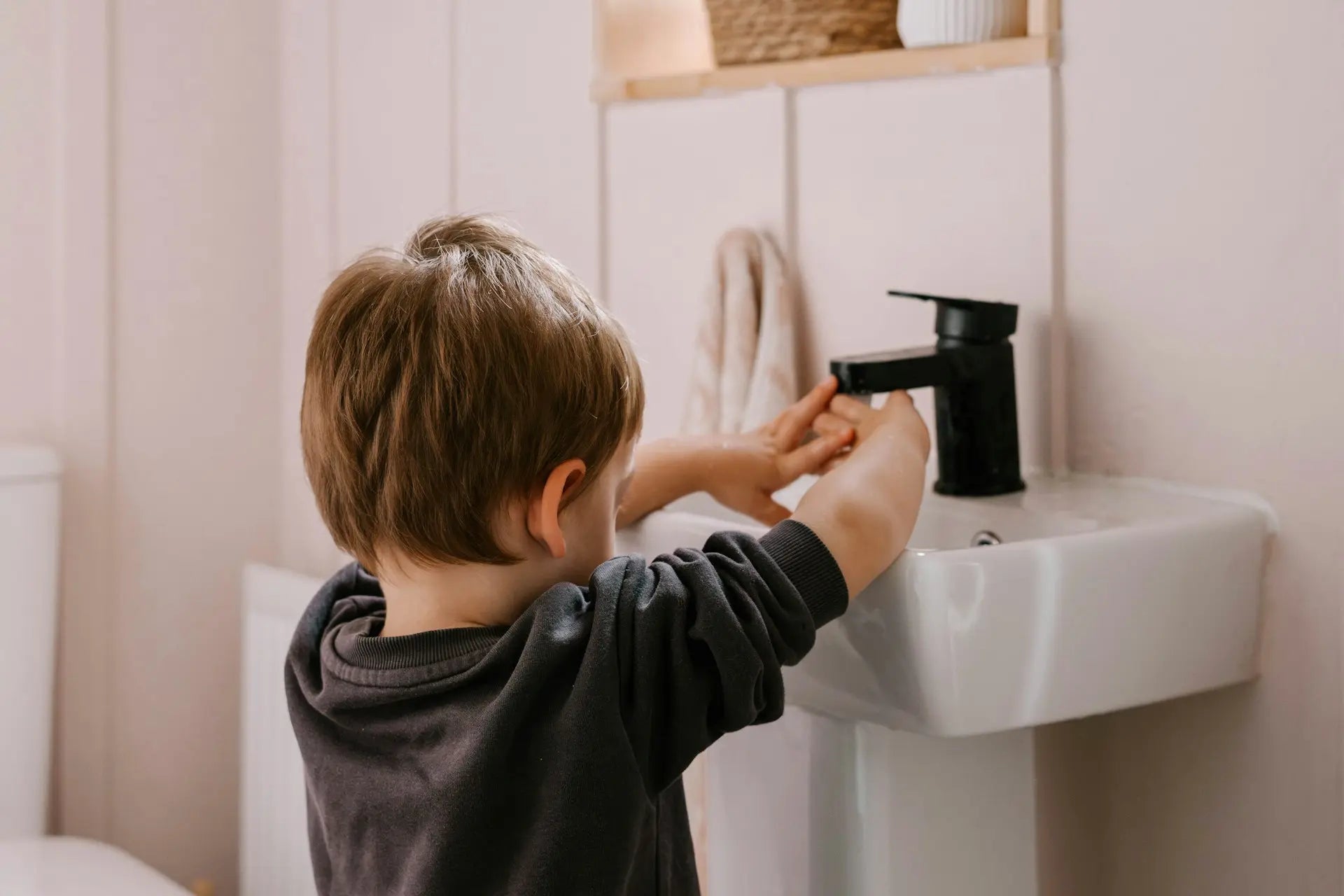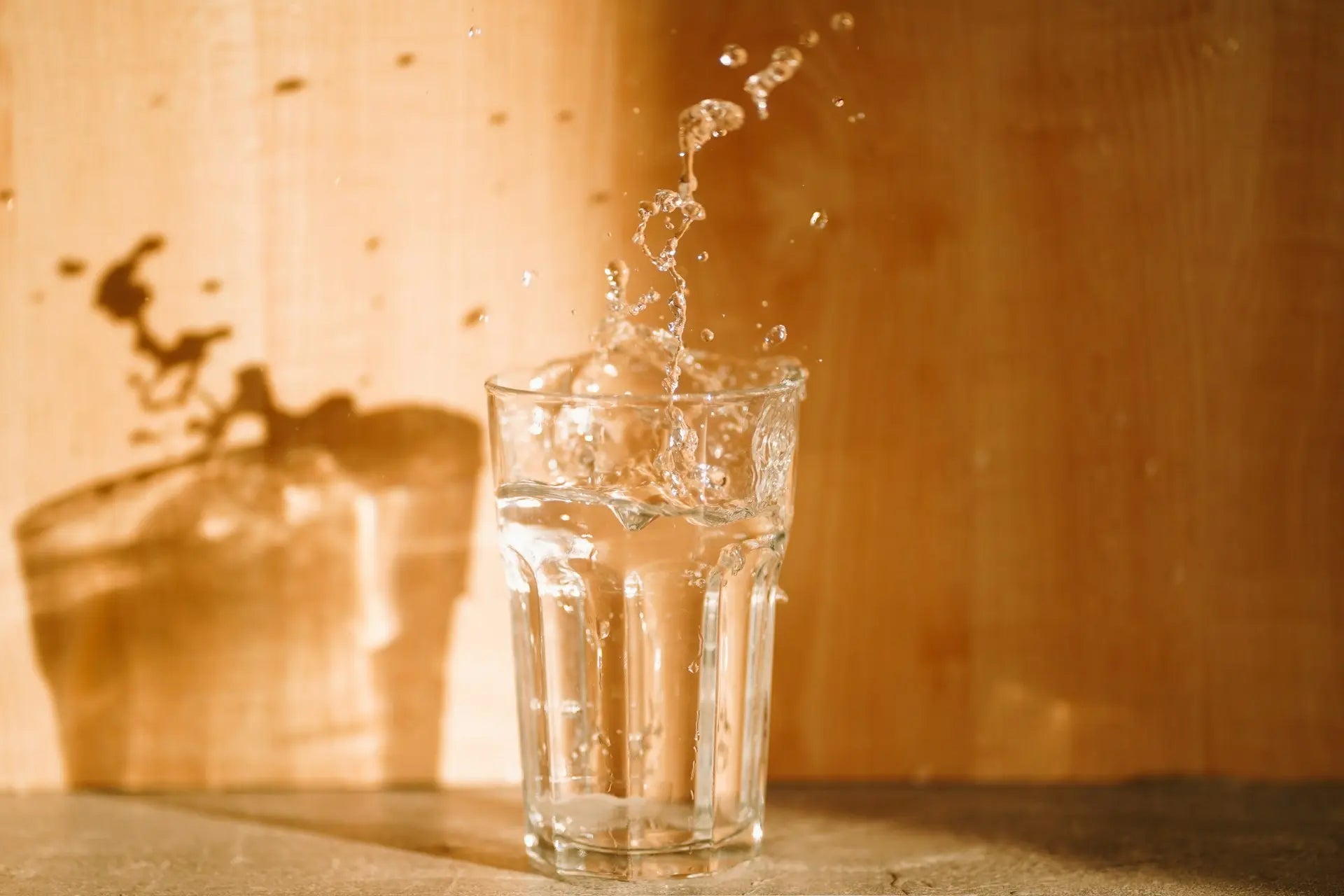Introduction to Whole House Water Filtration
Ever wondered what's really in your tap water? While it may look clear, it could contain chlorine, heavy metals, pesticides, bacteria, and other contaminants you definitely don’t want in your drinking or bathing water. A whole house water filtration system ensures that every faucet in your home provides clean, safe water—not just your kitchen tap. From drinking water to showers, laundry, and even dish-washing, a whole-house system filters out impurities before they ever reach your plumbing.
Why Water Filtration Matters
Most municipal plants use chlorine to disinfect water, but that doesn’t make it contaminant-free. Sediment, heavy metals, and organic pollutants can still flow to your tap, affecting health and plumbing alike. Filtering protects your family and helps your pipes stay scale-free, lowering repair costs.
How a Whole House Water Filter Works
A whole-house system connects to the incoming main line, so every tap delivers purified water. Multi-stage designs—often starring catalytic carbon—target chlorine, sediment, VOCs, and heavy metals in one pass. With the right system, every drop in your home is as clean as it looks.
Benefits of Whole House Water Filtration
Health Benefits of Filtered Water
- Softer skin & hair
- Lower exposure to chlorine, heavy metals, and bacteria
- Reduced skin irritation from harsh chemicals
- Cleaner, healthier drinking water for the whole family
Protection for Plumbing and Appliances
Conditioned water prevents scale, protecting pipes, heaters, dishwashers, and washing machines. Fewer repairs, lower energy bills, longer appliance life.
Improved Water Taste and Smell
No more chemical or metallic after-taste—whole-house filtration removes odors and off-flavors, so cooking, coffee, and hydration all taste better.
Cost Savings Over Time
Skip bottled water, lower plumbing bills, and extend appliance life. The system pays for itself while cutting plastic waste.
Common Contaminants in Tap Water
Chlorine and Chloramines
Disinfection chemicals that dry skin and leave bad taste.
Heavy Metals (Lead, Mercury, Arsenic)
Leach from old pipes or industrial runoff—dangerous even in trace amounts.
Pesticides and Herbicides
Farm and landscaping runoff can reach groundwater and municipal intakes.
Bacteria, Viruses, and Microorganisms
Untreated wells and some city systems risk E. coli, Giardia, and more.
Sediment and Hard Water Minerals
Calcium and magnesium cause scale that clogs plumbing and wrecks heaters.
Types of Whole House Water Filtration Systems
Not all filters are created equal. Know the options:
Carbon-Based Filters
Great for chlorine, VOCs, and odors; limited for metals or microbes.
Reverse Osmosis Systems
Near-total contaminant removal—fluoride, arsenic, PFAS, and more.
UV Purification
Neutralizes bacteria and viruses; pair with carbon for chemical removal.
Water Softeners vs. Conditioners
Softeners remove hardness ions but add sodium and don’t filter; conditioners (like those in the Platinum Series) keep healthy minerals while reducing scale and filtering water.
Multi-Stage Filtration Systems
Combine several methods—carbon, KDF, RO, UV—for full-spectrum protection.
How to Choose the Best Whole House Water Filter
Assessing Your Water Quality
Lab test or schedule a free consult to learn what’s in your water before buying.
Understanding Flow Rate and Capacity
Match system gpm to household demand so showers don’t sputter.
Comparing Filtration Technologies
Pick catalytic carbon for chlorine; add RO for metals, PFAS, and fluoride.
Maintenance Requirements
Sediment pre-filters change every 6–12 months; ECO-X media lasts up to 10 years.
Conclusion
A whole-house filtration system protects your family, plumbing, and wallet. Choose wisely, maintain annually, and enjoy crisp water from every tap.
Q: How long does a whole-house water filter last?
Pre-filters swap every 6–12 months. Main media in ECO-X or Platinum can last up to 10 years, depending on water quality.
Q: Can a whole-house system remove fluoride?
Yes. Our ECO-X with optional RO stage and the Platinum Series can reduce fluoride throughout your home.
Q: Do I need a separate softener with a conditioning system?
No. A quality conditioner handles hardness and filtration in one unit—no extra brine tank required.
Q: Will filtration drop my water pressure?
High-capacity systems are sized to household flow, maintaining 10–15 gpm, so your showers stay strong.
Q: What does it cost to install a whole-house filter?
Installed systems range from $1,000 to $10,000, depending on size, technology, and plumbing complexity. Financing options are available.








